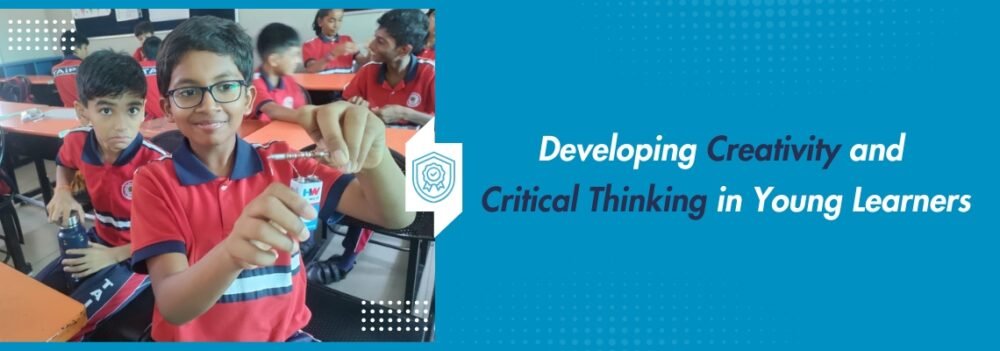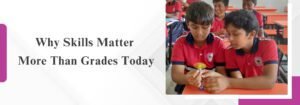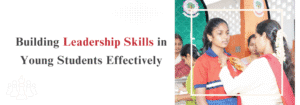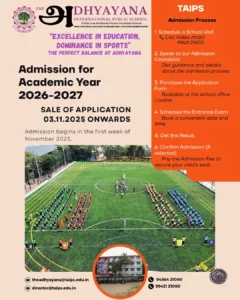Developing creativity and critical thinking in young learners is crucial for laying a solid foundation for future achievement. In today’s fast-changing world, these skills help children solve problems, adjust to new situations, and think independently. For Indian parents, educators, and students, encouraging creativity and critical thinking early opens doors to lifelong learning and resilience. Knowing how to develop these skills through engaging, practical methods ensures that young learners not only memorize facts but also truly understand and innovate.
Why Developing Creativity and Critical Thinking Is Vital
Children equipped with creativity can imagine multiple solutions and explore new ideas, encouraging innovation. Critical thinking enables them to analyse, question, and make informed decisions instead of accepting information at face value. Together, these skills empower young learners to confidently tackle academic challenges and real-world problems. Educational research consistently shows that prioritising these skills enhances student engagement, motivation, and deep learning, qualities that academic tests alone cannot measure.
Creating an Environment That Sparks Creativity and Critical Thinking
The first step to developing creativity and critical thinking is creating a safe, supportive space where children feel free to express ideas and explore without fear of mistakes. Encouraging open-ended questions like “What would happen if…?” or “How can we solve this problem differently?” prompts learners to think deeply and creatively. Reading widely and discussing stories supports imagination and exposes children to diverse perspectives, enriching their critical faculties.
Hands-on experiences are powerful. Activities like drawing, building models, conducting simple experiments, and brainstorming sessions engage both creative thinking and analytical skills.
- For example: When children attempt a science project, they hypothesise, test, and reflect on outcomes, exercising critical thinking alongside creativity.
- Games that challenge logic or memory also provide fun, interactive ways to develop essential skills.
The Importance of Reflection and Collaboration
Reflection helps young learners evaluate what they did, what worked, and what they could improve. This practice builds self-awareness and promotes a growth mind-set; the belief that abilities can improve with effort.
- Collaboration in group activities or discussions encourages students to appreciate different viewpoints and develop empathy alongside problem-solving skills.
- When they listen and contribute constructively, their creativity expands, and critical thinking sharpens through diverse inputs.
Integrating Creativity and Critical Thinking into Everyday Learning
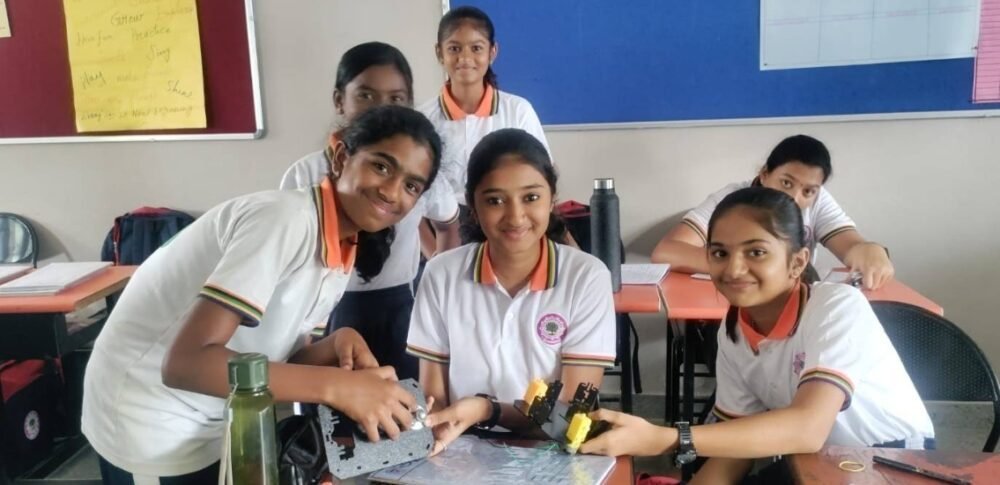
Schools that champion these skills integrate projects, storytelling, inquiry-based learning, and real-world problem solving into their curriculum. Instead of focusing solely on rote memorisation, educators encourage students to ask questions, experiment, and propose original ideas. This approach nurtures a balanced skill set, preparing students for modern challenges.
For Indian students facing highly competitive educational environments, developing creativity and critical thinking is not just about academic excellence but standing out in future careers and life.
How TAIPS Nurtures These Skills
At The Adhyayana International Public School (TAIPS), a leading CBSE school in Coimbatore, we focus on developing creativity and critical thinking from the early grades. Through a learner-centred curriculum, interactive activities, and dedicated mentoring, TAIPS helps shape confident, innovative thinkers prepared for a rapidly evolving world. To learn how our approach enhances young learners’ potential, visit our CBSE School.

